Md Moniruzzaman
Advancements in Repetitive Action Counting: Joint-Based PoseRAC Model With Improved Performance
Aug 15, 2023



Abstract:Repetitive counting (RepCount) is critical in various applications, such as fitness tracking and rehabilitation. Previous methods have relied on the estimation of red-green-and-blue (RGB) frames and body pose landmarks to identify the number of action repetitions, but these methods suffer from a number of issues, including the inability to stably handle changes in camera viewpoints, over-counting, under-counting, difficulty in distinguishing between sub-actions, inaccuracy in recognizing salient poses, etc. In this paper, based on the work done by [1], we integrate joint angles with body pose landmarks to address these challenges and achieve better results than the state-of-the-art RepCount methods, with a Mean Absolute Error (MAE) of 0.211 and an Off-By-One (OBO) counting accuracy of 0.599 on the RepCount data set [2]. Comprehensive experimental results demonstrate the effectiveness and robustness of our method.
Attention-Based Sensor Fusion for Human Activity Recognition Using IMU Signals
Dec 20, 2021

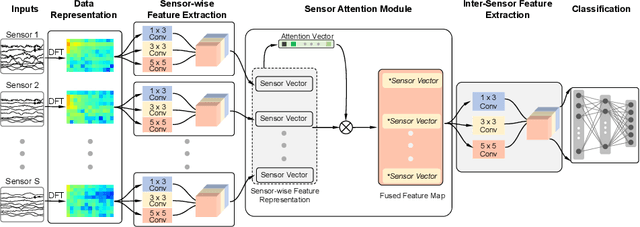

Abstract:Human Activity Recognition (HAR) using wearable devices such as smart watches embedded with Inertial Measurement Unit (IMU) sensors has various applications relevant to our daily life, such as workout tracking and health monitoring. In this paper, we propose a novel attention-based approach to human activity recognition using multiple IMU sensors worn at different body locations. Firstly, a sensor-wise feature extraction module is designed to extract the most discriminative features from individual sensors with Convolutional Neural Networks (CNNs). Secondly, an attention-based fusion mechanism is developed to learn the importance of sensors at different body locations and to generate an attentive feature representation. Finally, an inter-sensor feature extraction module is applied to learn the inter-sensor correlations, which are connected to a classifier to output the predicted classes of activities. The proposed approach is evaluated using five public datasets and it outperforms state-of-the-art methods on a wide variety of activity categories.
Imaging and Classification Techniques for Seagrass Mapping and Monitoring: A Comprehensive Survey
Mar 01, 2019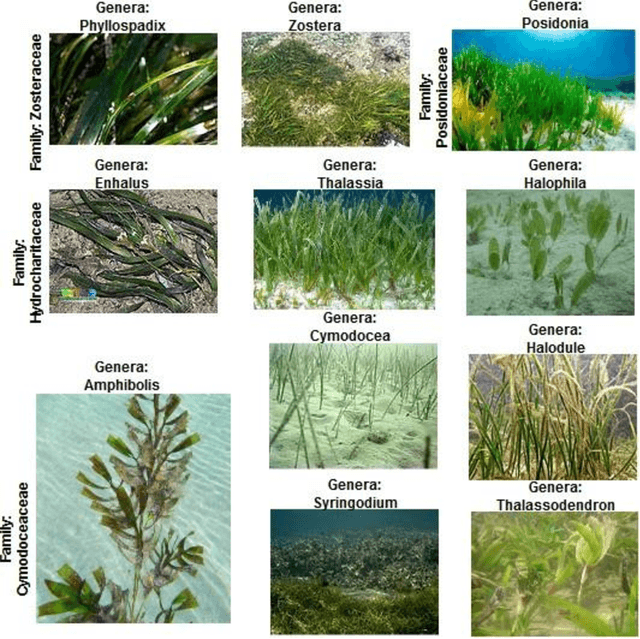
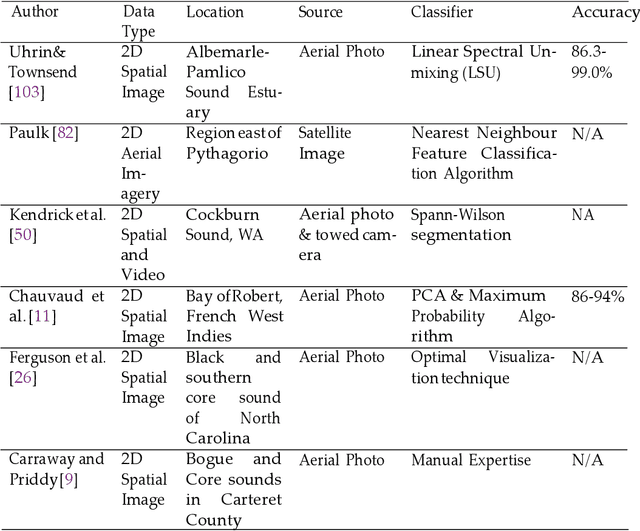
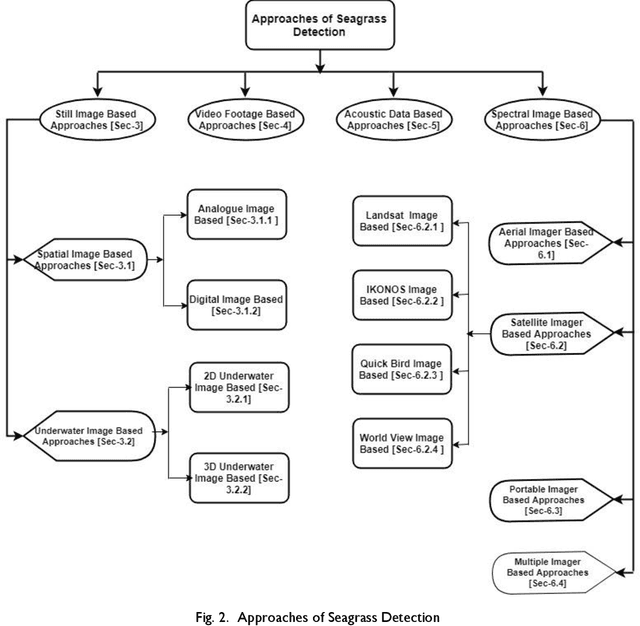
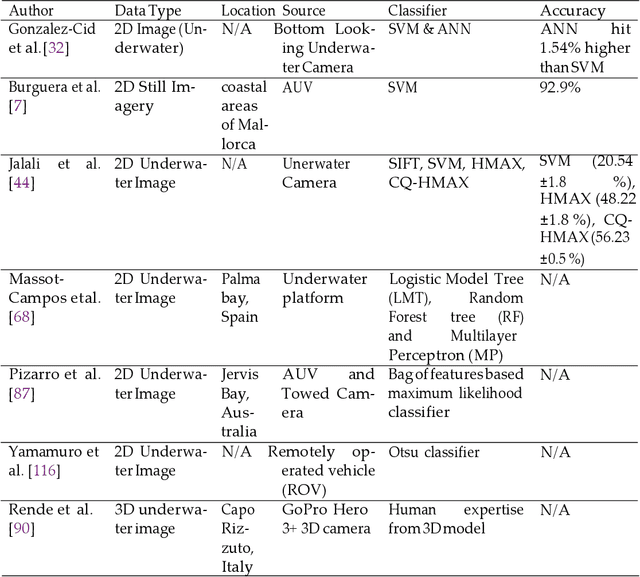
Abstract:Monitoring underwater habitats is a vital part of observing the condition of the environment. The detection and mapping of underwater vegetation, especially seagrass has drawn the attention of the research community as early as the nineteen eighties. Initially, this monitoring relied on in situ observation by experts. Later, advances in remote-sensing technology, satellite-monitoring techniques and, digital photo- and video-based techniques opened a window to quicker, cheaper, and, potentially, more accurate seagrass-monitoring methods. So far, for seagrass detection and mapping, digital images from airborne cameras, spectral images from satellites, acoustic image data using underwater sonar technology, and digital underwater photo and video images have been used to map the seagrass meadows or monitor their condition. In this article, we have reviewed the recent approaches to seagrass detection and mapping to understand the gaps of the present approaches and determine further research scope to monitor the ocean health more easily. We have identified four classes of approach to seagrass mapping and assessment: still image-, video data-, acoustic image-, and spectral image data-based techniques. We have critically analysed the surveyed approaches and found the research gaps including the need for quick, cheap and effective imaging techniques robust to depth, turbidity, location and weather conditions, fully automated seagrass detectors that can work in real-time, accurate techniques for estimating the seagrass density, and the availability of high computation facilities for processing large scale data. For addressing these gaps, future research should focus on developing cheaper image and video data collection techniques, deep learning based automatic annotation and classification, and real-time percentage-cover calculation.
 Add to Chrome
Add to Chrome Add to Firefox
Add to Firefox Add to Edge
Add to Edge